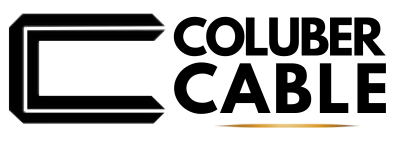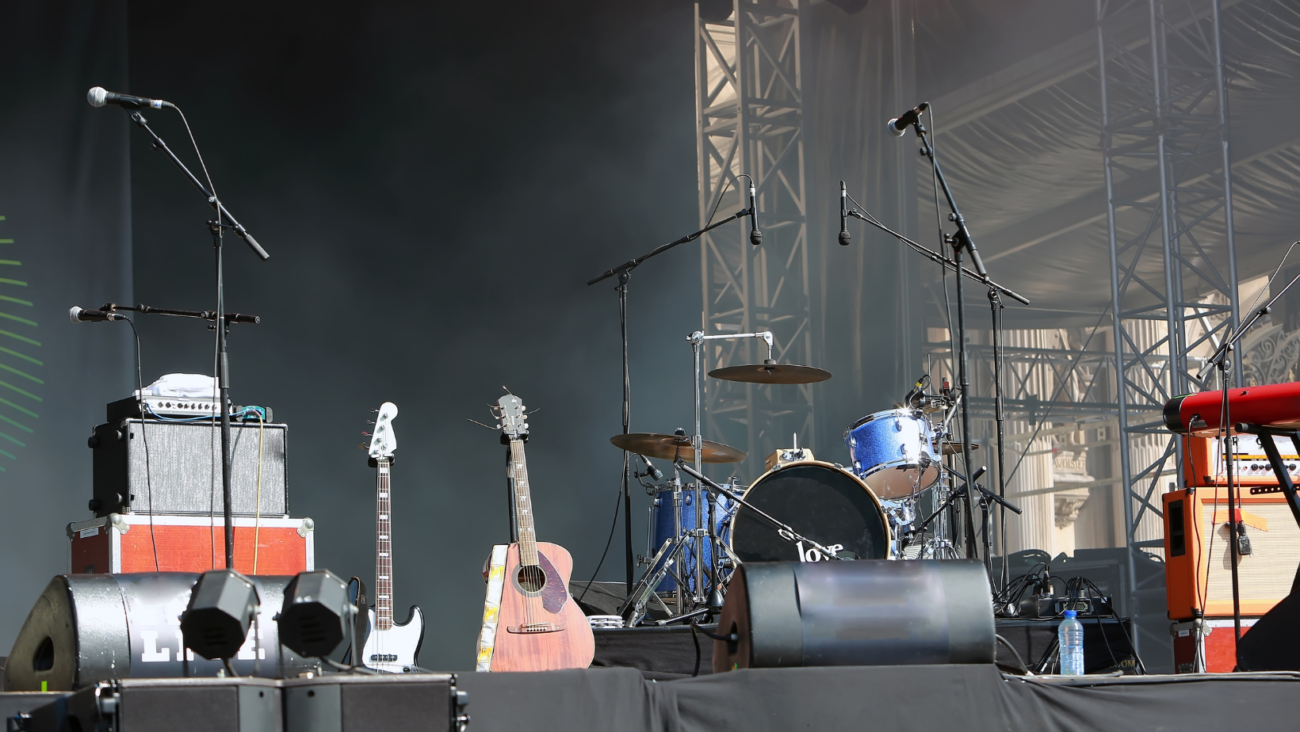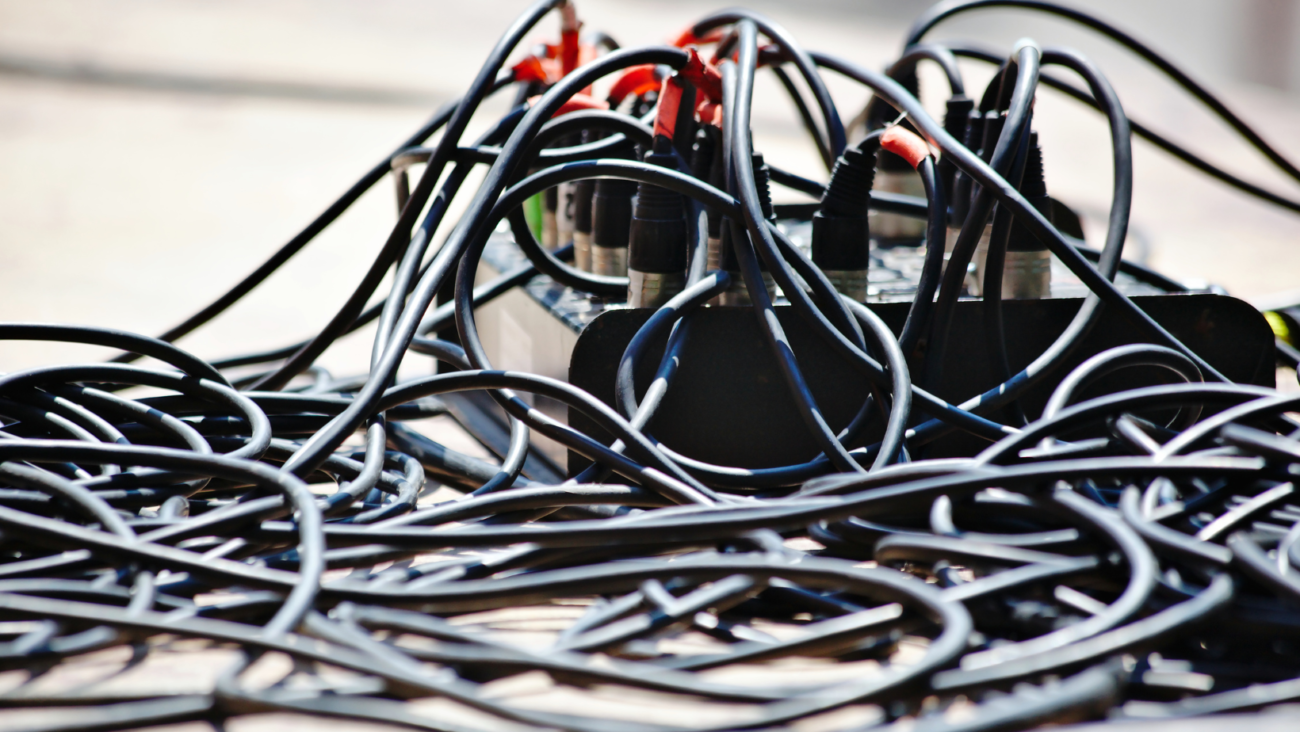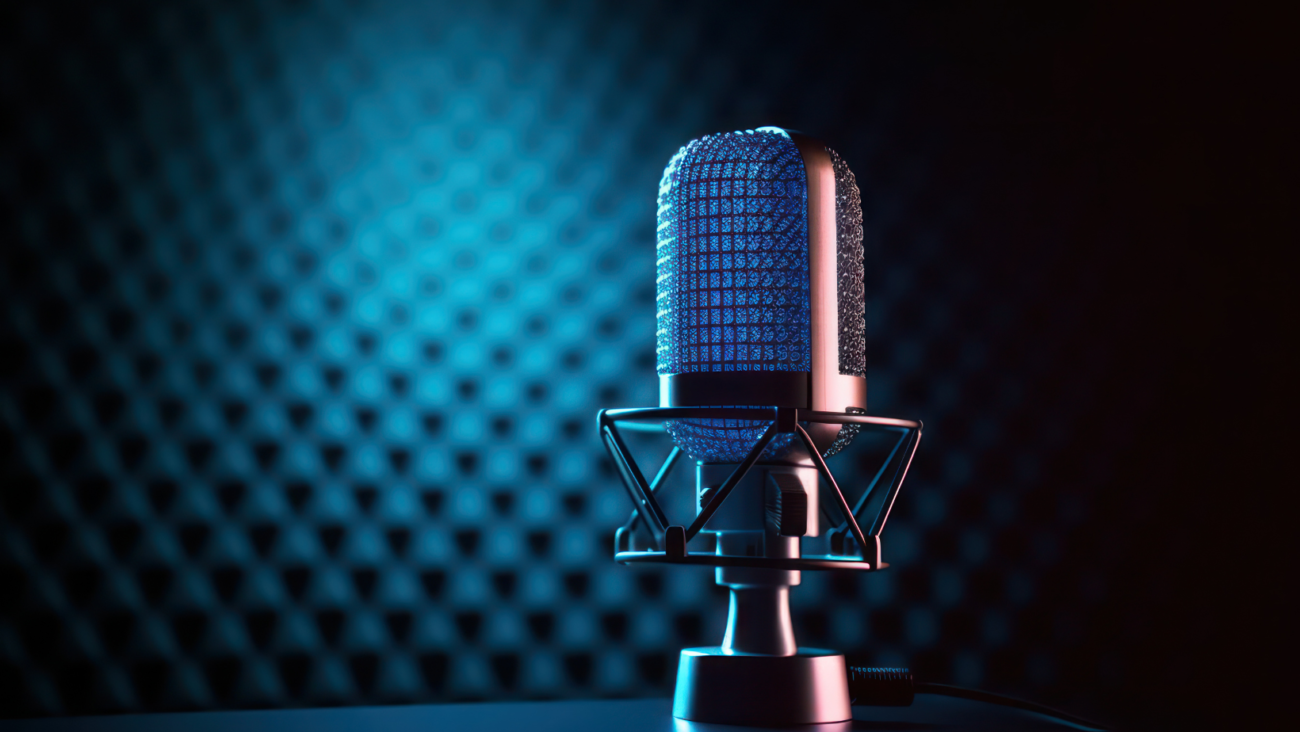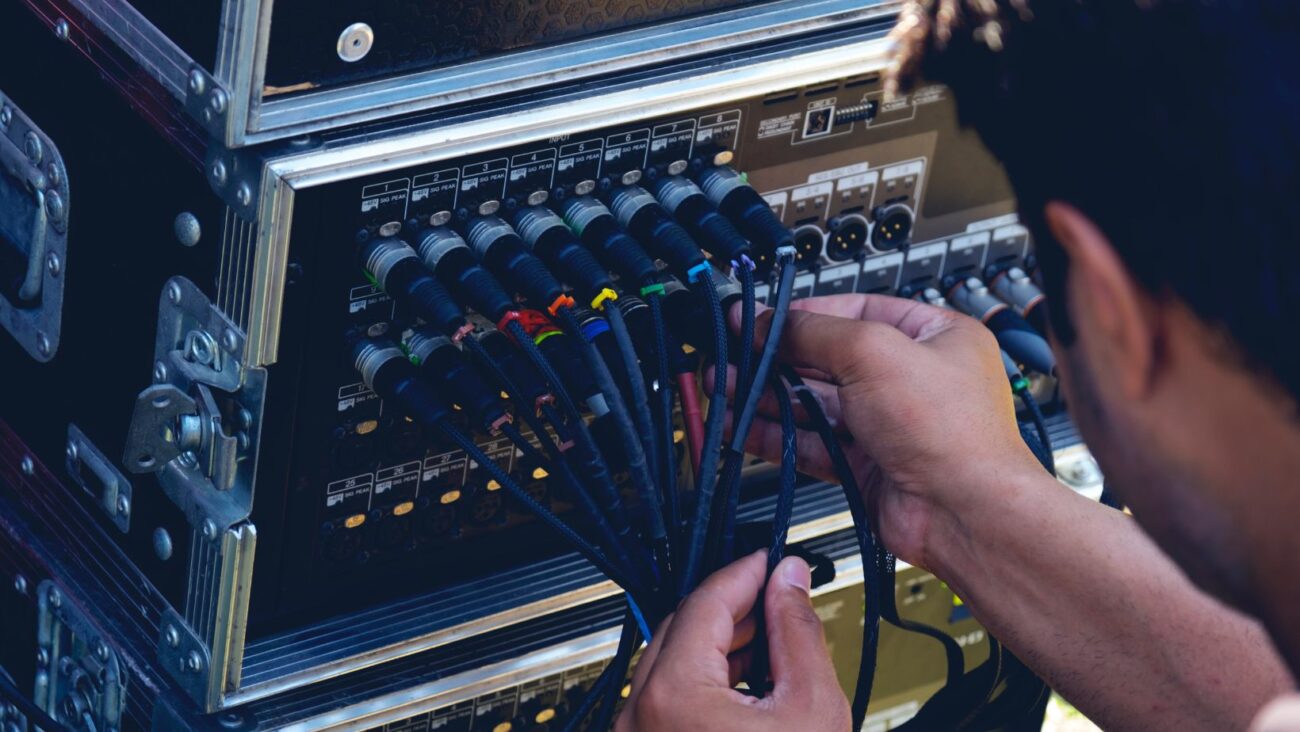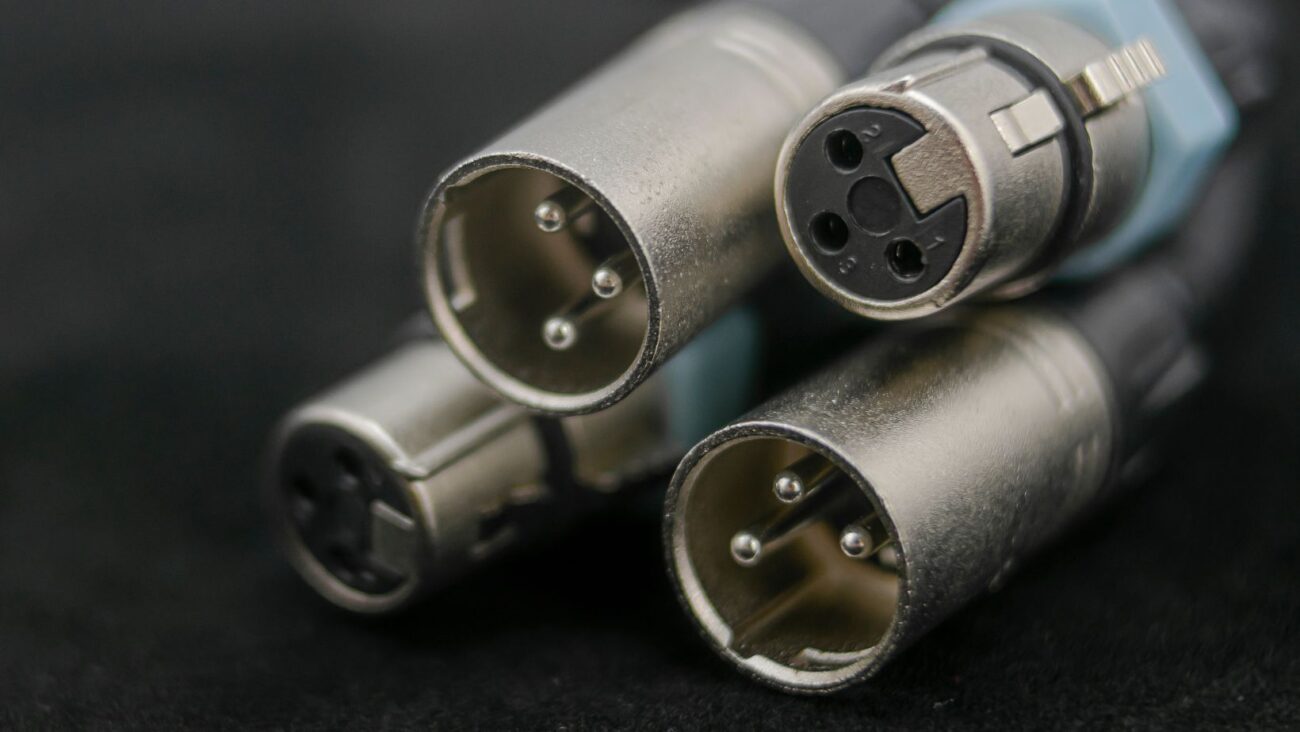The importance of cable shielding cannot be overstated when achieving pristine audio quality. In audio cables, shielding is crucial in minimizing unwanted noise, interference, and signal degradation. This article will explore the significance of cable shielding and its impact on noise reduction and audio clarity, helping you understand why it’s a crucial consideration when choosing audio cables.
Understanding Cable Shielding
Cable shielding is a protective layer incorporated into audio cables to safeguard delicate audio signals from external electromagnetic interference (EMI) and radio frequency interference (RFI). It consists of conductive materials, such as braided copper or foil, that enclose the internal conductors, acting as a barrier against external electrical noise.
Minimizing Electromagnetic Interference (EMI)
EMI refers to electromagnetic waves emitted by various electronic devices, power cables, or other nearby sources. Unshielded audio cables are vulnerable to picking up these electromagnetic waves, leading to distorted audio signals and audible noise. Shielded cables provide a barrier that blocks or absorbs these external electromagnetic waves, reducing interference and producing cleaner audio signals.
Reducing Radio Frequency Interference (RFI)
RFI is caused by radio frequency signals present in the environment, such as Wi-Fi routers, cell phones, or radio transmitters. These signals penetrate unshielded cables, causing distortion, buzz, or hissing sounds in the audio output. Cable shielding protects against RFI, preventing the external radio frequency signals from affecting the audio signals and improving audio clarity.
Enhancing Signal Integrity and Audio Clarity
The primary purpose of cable shielding is to preserve the integrity of the audio signals throughout the transmission process. By minimizing noise and interference, shielding helps maintain the original audio quality, ensuring the audio signals remain faithful to the source. This translates into enhanced audio clarity, improved dynamics, and a more immersive listening experience.
Choosing the Right Shielding Type
Different types of cable shielding exist, including braided shielding, foil shielding, or a combination of both. Each type offers varying degrees of protection against EMI and RFI. The choice of shielding type depends on the specific application, the level of noise reduction required, and the environment in which the cables will be used.
When achieving optimal audio quality, cable shielding reduces noise, minimizes interference, and maintains audio clarity. You can enjoy a new and immersive audio experience free from unwanted noise and distortion by choosing correctly shielded audio cables. Whether you’re setting up a home theater system, recording studio, or professional audio setup, investing in high-quality cables with effective shielding is essential. Remember, the right cables and proper shielding can make all the difference in preserving the integrity of your audio signals and delivering exceptional sound quality.
